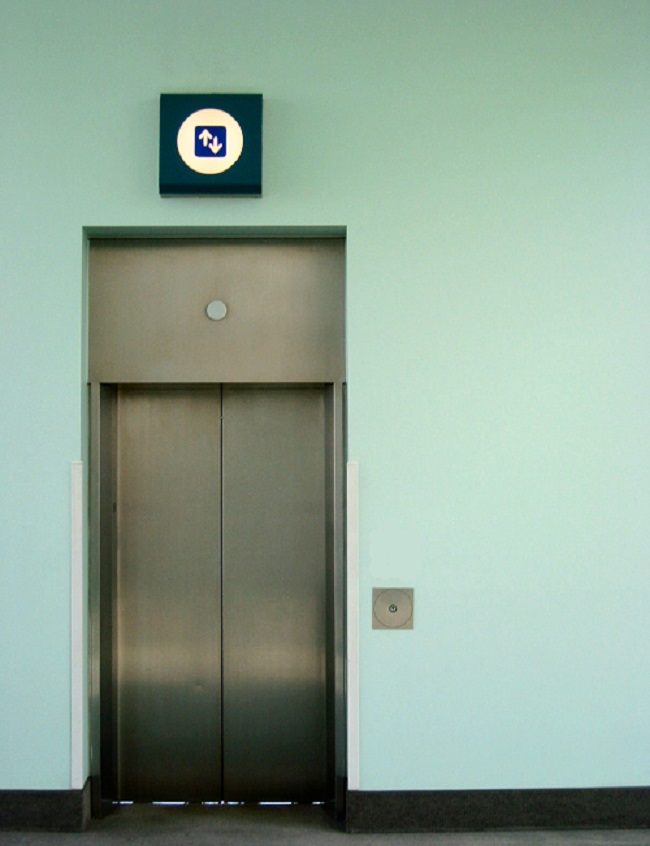When a credit card transaction is denied outside of its owner’s home country, up to 80 percent are false positives.
Mastercard is now using geolocation technology in order to help to reduce the frequency of “false positives” that are occurring when one of their customers has attempted to use his or her card in a legitimate way, but has had the transaction denied as it registers as potentially fraudulent.
This is an opt-in service that allows a customer to be matched with his or her location to validate a transaction.
This service uses the geolocation technology in a customer’s smartphone so that when they leave their home country and attempt to use their credit card, their location can be confirmed as being the same as that of the transaction, so that the purchase will not be flagged as a potentially risky one and a false positive can be avoided. For this program, MasterCard is working with Syniverse, an IPX provider, which has access to over six billion individual mobile subscribers who are located in over two hundred different countries.
The goal of this use of geolocation technology is to use mobile security methods to boost transaction authentication.
 According to the CMO of Syniverse, Mary Patterson Clark, “We’re providing an additional layer of fraud protection for when a consumer is on the road.” She added that “Over and above the existing fraud protection, [MasterCard is] offering this additional opt-in fraud protection offer to their customers.”
According to the CMO of Syniverse, Mary Patterson Clark, “We’re providing an additional layer of fraud protection for when a consumer is on the road.” She added that “Over and above the existing fraud protection, [MasterCard is] offering this additional opt-in fraud protection offer to their customers.”
What Clark described was a system in which the MasterCard certificate generates a token and then sends it to the platform that has been enabled by that credit card giant and Syniverse. With this, Syniverse is able to compare the location of the MasterCard and the location of the user at his or her last registration update. If those two positions are nearby, then the transaction will not be flagged as potentially fraudulent.
The company is not only hoping to continue with the reduction in false positive identifications of fraud that it has already been achieving through this geolocation technology, but it will also use it to help to make it easier for travelers to purchase prepaid data packages while they are away from home.
Geolocation technology is opening new opportunities for mobile advertising in previously unused places.
A new form of location based marketing is now being made possible through a strategic partnership between Captive Networks and xAd, allowing targeted ads to be displayed in the form of video in previously unused (or limited use) places, such as elevators and lobbies.
In-office advertising using geolocation technology will soon be enhancing displays for improved reach.
The two companies in this partnership are hoping to reinforce their brand messaging through the use of integrated location based marketing techniques and mobile ad delivery. They say that this strategy can be verified based on the actual position of the ad viewers based on the longitude and latitude of approximately 12,000 different Captivate screens that have already been installed into around 1,800 different office buildings throughout Canada and the United States.
Integrated location based marketing messages are also delivered by way of mobile devices such as smartphones.
 These messages give their viewers a way to actually respond or interact with them, say the partners in this program. By bringing mobile marketing into this strategy, it means that advertisers become capable of benefiting from performance metrics. To achieve this, SmartFencing, a geolocation based technology, is used by xAd, so that specific messages can be targeted in a campaign with several different multi-channel components.
These messages give their viewers a way to actually respond or interact with them, say the partners in this program. By bringing mobile marketing into this strategy, it means that advertisers become capable of benefiting from performance metrics. To achieve this, SmartFencing, a geolocation based technology, is used by xAd, so that specific messages can be targeted in a campaign with several different multi-channel components.
According to the xAd vice president of platform sales, Dan Hight, “We are pleased to partner with Captivate, a leader in the digital place-based advertising space.” He added that the location targeting solutions from xAd make it possible for advertisers to enhance their reach when it comes to sending ads outside of a consumer’s home through the use of campaigns aimed at specific places. This way, Captivate then gives marketers the ability to access their target audience more effectively by sending their messages over multiple channels.
This location based marketing method was soft launched in August and Captivate has now stated that its extended features have already been activated for certain select clients. Geolocation and geo-fencing are beginning to play an increasing role in mobile advertising as a whole.
 According to the CMO of Syniverse, Mary Patterson Clark, “We’re providing an additional layer of fraud protection for when a consumer is on the road.” She added that “Over and above the existing fraud protection, [MasterCard is] offering this additional opt-in fraud protection offer to their customers.”
According to the CMO of Syniverse, Mary Patterson Clark, “We’re providing an additional layer of fraud protection for when a consumer is on the road.” She added that “Over and above the existing fraud protection, [MasterCard is] offering this additional opt-in fraud protection offer to their customers.”
 These messages give their viewers a way to actually respond or interact with them, say the partners in this program. By bringing mobile marketing into this strategy, it means that advertisers become capable of benefiting from performance metrics. To achieve this, SmartFencing, a geolocation based technology, is used by xAd, so that specific messages can be targeted in a campaign with several different multi-channel components.
These messages give their viewers a way to actually respond or interact with them, say the partners in this program. By bringing mobile marketing into this strategy, it means that advertisers become capable of benefiting from performance metrics. To achieve this, SmartFencing, a geolocation based technology, is used by xAd, so that specific messages can be targeted in a campaign with several different multi-channel components.